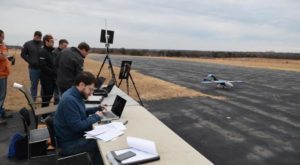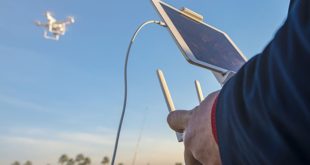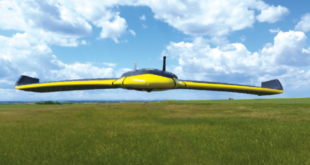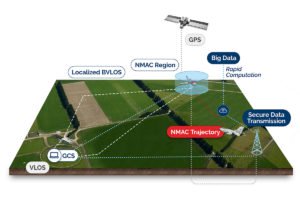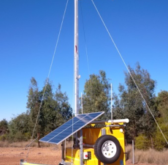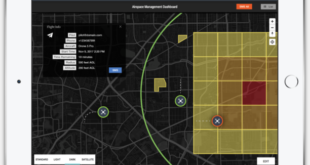Perhaps it’s time to modernize the classic titular song from the musical Oklahoma!: “Oklahoma, where the drones come flyin’ down the plain, Oklahoma, where FAA permits sure smell sweet” Last month, Oklahoma State University teamed up with Vigilant Aerospace – provider of the FlightHorizon situational awareness and detect-and-avoid system …
Read More »Airobotics Receives Unique FAA Waiver for Arizona Drone Flig…
Israeli drone provider Airobotics this week announced receiving the FAA’s first ever three-prong certificate of waiver for “flying Beyond Visual Line of Sight (BVLOS) for automated drone operations, over human beings, with a visual observer that is not required to keep a visual line of sight on the drone.” The waiver …
Read More »Southern Company Chooses Skyward For Drone Program Expansion
Energy provider Southern Company has announced plans to expand its existing drone program with assistance from Verizon-owned Skyward. The move follows Southern Company and its affiliates’ established use of drone technology for remote inspections, wire transport and damage recovery assessments. In fact, the company claims to be the first utility to …
Read More »Canada’s BVLOS Pilot Program Flies Ahead: With Use Cases You…
While the U.S. has been busy asserting the 10 chosen contributors within the drone Integration Pilot Program (IPP), Transport Canada has been creating a complete pilot program for past visible line of sight (BVLOS) flight – one designed to point out communities how they might profit from extensive unfold adoption …
Read More »Drone Firm Partners with San Diego in FAA/DOT Partnership
The City of San Diego partnered with drone cloud-platform supplier Cape final week to take part in the UAS Integration Pilot Program. Chosen from 149 candidates, the partnership is amongst 10 throughout the united statesto be chosen for IPP. The program – a joint effort by the FAA and U.S. transportation …
Read More »PrecisionHawk/FAA Pathfinder Report Bolsters BVLOS Drone Mis…
A significant American drone platform supplier is able to boldly go the place few drones have gone earlier than. North Carolina-based PrecisionHawk launched a report right this moment that can mark a brand new period in Beyond Visual Line of Sight (BVLOS). The report, gathered and analyzed by PrecisionHawk and printed …
Read More »PrecisionHawk Set to Launch Game-changing BVLOS Data
A serious American drone platform supplier is prepared to boldly go the place few drones have gone earlier than. North Carolina-based PrecisionHawk introduced May 1 because the date for a analysis launch that may mark a brand new period in Beyond the Visual Line of Sight (BVLOS). “Flying drones over long …
Read More »Kittyhawk Co-Founder: A Pilot’s Take on the 2018 FAA UAS Sym…
A visitor put up by Kittyhawk Co-founder Josh Ziering. This is the second FAA UAS Symposium I’ve attended and the distinction between the two has been so dissimilar that it appears like I may have a waiver. This yr the symposium drew nearly double the variety of attendees with effectively …
Read More »Insitu Moves BVLOS Flight Forward with Demo of Situational A…
Insitu’s Mobile Situational Awareness Unit Insitu, a wholly-owned subsidiary of The Boeing Company, has moved the idea of authorized BVLOS flight ahead a step, with their profitable demonstration of a ground-based airspace situational consciousness system for drones. The system addresses a serious problem for regulators and drone operators: detecting close …
Read More »AirMap to Test UTM System in New Zealand
Unmanned Traffic Management (UTM), a complete system for managing and monitoring drone flights past visible line of sight (BVLS), is one thing of a regulatory Wild West present right here in the states with a variety of applied sciences and gamers vying to be a part of the eventual resolution. …
Read More » Unmanned Aerial Vehicle The latest drone news
Unmanned Aerial Vehicle The latest drone news
